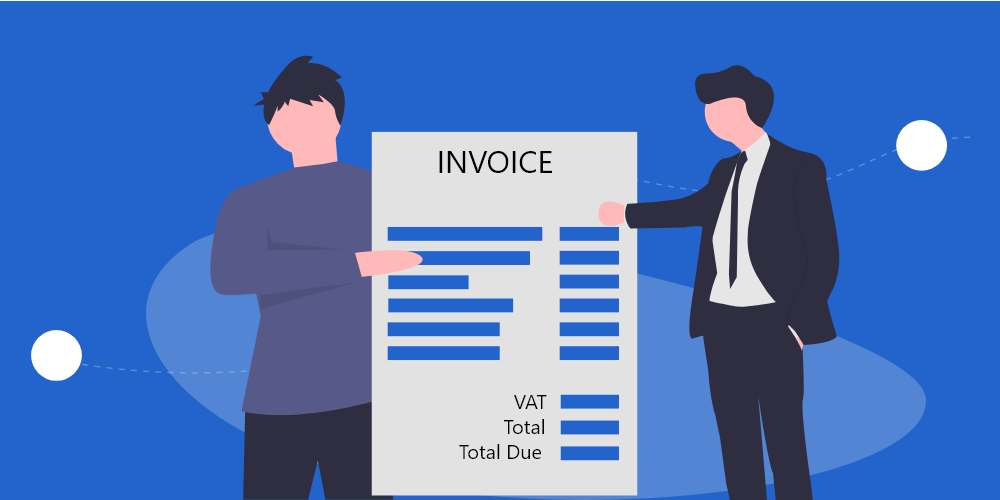
Project at a glance
The customer operates in fintech, providing digital invoicing for SMEs in Malaysia. The engagement focused on a cloud‑native refactor with Infrastructure as Code, CI/CD, security, and observability. The solution runs on AWS, leveraging EKS, RDS, S3, Glacier, CloudWatch, X‑Ray, GuardDuty, WAF, and KMS.
JomeInvoice provides digital invoicing and billing services for SMEs across Malaysia, supporting high-volume billing cycles and strict data-retention requirements.
Challenges
Manual deployments frequently caused downtime and release errors, and over‑provisioned infrastructure increased costs. Meeting PDPA compliance and long‑term financial data‑retention needs was essential, and limited visibility into performance and security made operations harder than necessary.
Solution overview
Agmo delivered a cloud‑native DevOps solution on AWS to improve velocity, reliability, and governance.
Key capabilities
Environments are defined using Infrastructure as Code with Terraform, ensuring consistent, repeatable deployments across development, staging, and production. CI/CD is automated with GitHub Actions that build and test images, push them to Amazon ECR, and deploy to Amazon EKS using blue/green strategies with automated rollback. Application services are containerized on Amazon EKS with autoscaling to handle peak invoice runs. The data layer uses Amazon RDS (MySQL) for transactions, while Amazon S3 with Glacier Deep Archive provides immutable long‑term retention. Full‑stack observability is achieved with Amazon CloudWatch, Prometheus, and AWS X‑Ray. Security follows a defense‑in‑depth model, including IAM least privilege, KMS encryption, AWS WAF, and GuardDuty.
Architecture (high level)
The application consists of microservices packaged as containers and deployed to EKS. CI/CD uses GitHub Actions to build, test, scan, and ship images to ECR, then deploys to EKS with blue/green strategies. Data is managed in RDS for transactions, with S3 and Glacier used for compliance archives. Observability relies on CloudWatch, Prometheus, and X‑Ray for metrics, logs, and traces. Security is implemented with IAM, WAF, GuardDuty, and encryption at rest and in transit using KMS.
Outcomes
Release cycles were reduced from days to under one hour through CI/CD automation. The platform achieved 99.9% uptime using multi‑AZ EKS and automated rollbacks. Infrastructure costs dropped by approximately 45% through right‑sizing and managed services. Seven‑year data retention was automated with S3 and Glacier policies. Unified observability improved reliability and accelerated incident response.
“Agmo’s DevOps approach cut our release times from days to under an hour and gave us the reliability we needed to scale confidently.”

TCO impact
CapEx from on‑prem hosting was eliminated, while OpEx decreased by roughly 35% annually with pay‑as‑you‑go services. Operational overhead was reduced by about 40% through automation, and developer productivity improved thanks to robust testing and monitoring pipelines.
Lessons learned
Establishing IaC and CI/CD early accelerates DevOps maturity and governance. A strong observability stack enables proactive incident response. Native AWS security and storage services simplify compliance outcomes. Close collaboration among JomeInvoice, Agmo, and AWS speeds delivery and ensures alignment.




